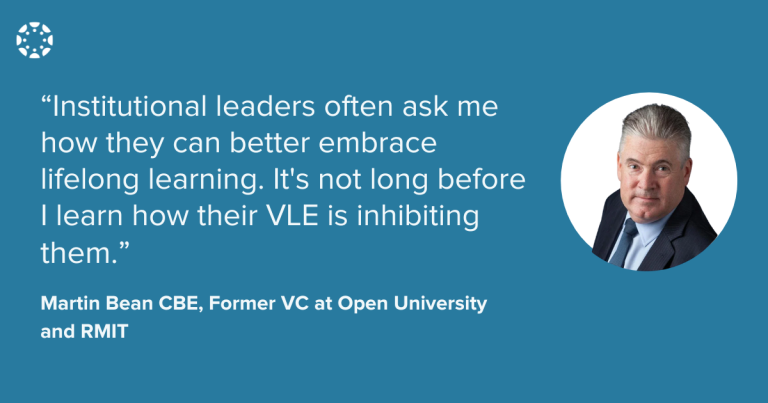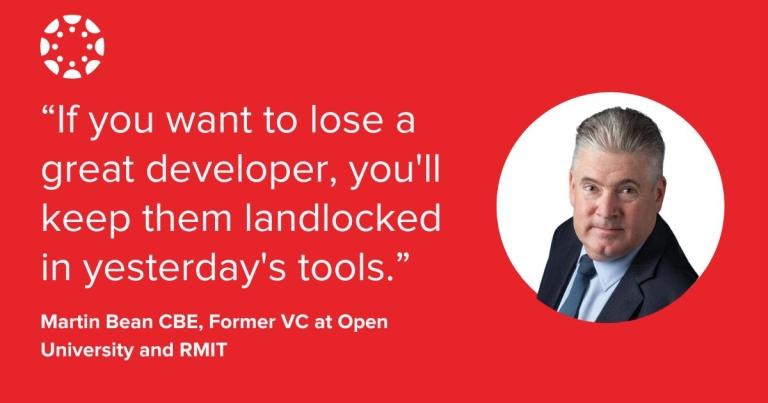The Online Learning Glossary: Distance, Blended, Remote, and Hybrid Learning
Online learning, a term that once simply defined the relationship between a student and digital curricula has since expanded into multiple modalities of instruction. The recent pandemic brought an abrupt shift to education, causing students to learn outside of the classroom and educators to adopt integrated technology tools that provide equitable access to instructional content.
If you've experienced this transition, you've probably heard terms like “blended,” “remote,” “hybrid,” or “distance” used to describe the various approaches to learning in education today. These terms are often used so interchangeably that one might believe them to mean the same thing, and while they do have similarities, there are some important nuances. To bring clarity and context to these edu buzzwords, we’ve defined them in our own words.
Distance Learning
Also known as Remote Learning
An approach to education in which the student and educator engage in the learning process remotely. This model has traditionally been used when students are geographically separated from their teachers. However, with ongoing classroom closures due to the COVID-19 pandemic, many in-class learning models have adapted to distance or “remote” learning as well. While distance learning courses had been specifically designed to be done either online or through correspondence, like paper packets, it was a necessary adaptation teachers had to make when schools closed unexpectedly.
Benefits: Although the abrupt transition to distance learning resulted in significant challenges for both educators and students, the main benefit of situational distance learning is the opportunity for instructional continuity amid societal disruption. With the right tools and thoughtful planning in place, educators can continue to engage with students and provide equitable access to high-quality content and curriculum.
Students who choose to engage in distance learning often do so for convenience, flexibility, or more control over their own learning schedule. For the educator, remote learning often provides the ability to personalize learning, with the expectation that each student will complete assignments and master standards and subjects at different paces.
Blended Learning
An approach to education that combines interactive online learning materials with traditional place-based classroom instruction.
Benefits: This learning model has been the most widely adopted, both in K–12 and higher education, because of the way it balances self-paced student learning with one-on-one instruction. Additionally, the ongoing use of integrated technology tools in the classroom provides a sense of consistency for students and teachers in the event that, for any reason, learning should have to take place beyond the walls of a classroom. It also allows students the flexibility to demonstrate what they know in multiple ways.
Hybrid Learning
An approach to education that combines all forms of learning to meet the individual needs of students.
Often used as an umbrella term to include blended, remote, and distance learning, hybrid learning is centered on the expectation that learning will fluctuate between fully-online learning and in-person instruction as needed.
Benefits: This approach provides educators the flexibility to adjust instruction and support individual learning experiences while navigating the perpetual changes to education. Because of its emphasis on student-centered learning and support, it is proving to be a widely adopted method this fall as educators strive to close the learning gap from sustained school closures earlier this year.
To get the latest and greatest insights and resources for teaching beyond the classroom, visit our COVID-19 resources page, where we continuously share strategies for using tech effectively.
Related Content

Blogs
 canvas_he_-_webinar_2.png
canvas_he_-_webinar_2.pngBlogs
 canvas_he_-_webinar_1.jpg
canvas_he_-_webinar_1.jpgBlogs